Subscribe to our ▶️ YouTube channel 🔴 for the latest videos, updates, and tips.
Types of Quadrilaterals
Types of quadrilaterals are discussed here:
In a quadrilateral family, each member has four sides, four vertices and four angles.
1. Rectangle:
A rectangle is a parallelogram in which all the angles are right angles.
Here ABCD is a rectangle.
(i) So, AB is parallel to DC.
AD is parallel to BC.
(ii) AD = BC
AB = DC
(iii) ∠A = ∠B = ∠C = ∠D = 90°
Definition of Rectangle:
A parallelogram having each angle a right angle is called a rectangle.
In the figure, ABCD is a rectangle, in which AB || DC, AD || BC, AB = CD, AD = BC and diagonal AC = diagonal BD and all angles are right angles.
2. Square:
A square is a rectangle in which all sides are equal.
Here ABCD is a square.
(i) AB is parallel to DC.
BC is parallel to AD.
(ii) AB = BC = CD = DA.
(iii) ∠A = ∠B = ∠C = ∠D = 90°
Definition of Square:
A parallelogram having all sides equal and all angles of right angles is called a square.
In the figure, ABCD is a square, in which AB || DC, AD || BC, AB = BC = CD = DA and ∠A = ∠B = ∠C = ∠D =90°.
3. Trapezium:
A quadrilateral is called trapezium if a pair of its opposite sides are parallel.
Here ABCD is a trapezium.
AB is parallel to DC.
Definition of Trapezium:
A quadrilateral having one pair of parallel sides is called trapezium. Other pair of opposite sides may or may not be parallel.
In the above figure, ABCD is a trapezium, in which AB ||DC
Note:
If a trapezium has non parallel sides equal, it is called isosceles trapezium.
An isosceles trapezium is a quadrilateral having exactly one pair of parallel sides and the non-parallel sides are of equal length. i.e., AB || CD and AD = BC
4. Parallelogram:
A quadrilateral whose opposite sides are parallel and equal is called a parallelogram. Its opposite angles are equal.
Here LMNO is a parallelogram.
(i) LM is parallel to ON.
LO is parallel to MN.
(ii) LO = MN
LM = ON
(iii) ∠L = ∠N
∠M = ∠O
Definition of Parallelogram:
A quadrilateral having both pairs of opposite sides parallel is called a parallelogram.
In the figure, ABCD is a parallelogram, in which AB || DC and AD || BC.
Note: All parallelogram are trapezium but all trapezium are not parallelogram.
5. Rhombus:
A rhombus is a parallelogram whose all sides are equal, opposite sides are parallel and opposite angles are equal.
Here LMNO is a rhombus.
(i) LM = MN = NO = OL
(ii) ∠L = ∠N
∠O = ∠M
(iii) LM is parallel to ON
OL is parallel to MN
Definition of Rhombus:
A parallelogram having all sides equal is called a rhombus.
In the figure, ABCD is a rhombus, in which AB || DC, AD || BC and AB = BC = DC = DA
Let’s discuss about the properties of types of quadrilateral in the table below;
Comparing the sides and angles of the different quadrilateral are discussed above.
Identifying Features of Quadrilaterals:
|
Name of Quadrilateral |
Identifying Features |
Figures |
|
1. Rectangle |
A parallelogram with all angles right angles. | |
|
2. Square |
A rhombus with all angles right angles. | |
|
3. Rhombus |
A parallelogram with all sides equal. | |
|
4. Parallelogram |
A quadrilateral having 2 pairs of opposite sides parallel and equal. | |
|
5. Kite |
A quadrilateral having 2 pairs of adjacent sides equal. | |
|
6. Trapezium |
A quadrilateral having 1 pair of opposite sides parallel. | |
|
7. Isosceles Trapezium |
A trapezium with a pair of non-parallel opposite sides equal. |
Questions and Answers on Types of Quadrilaterals:
1. From the figures given below, state which of the following are quadrilaterals?
Solution:
(i) No, it is a triangle containing 3 sides.
(ii) Yes, it is a quadrilateral with 4 sides.
(iii) No, is a hexagon with 6 sides.
(iv) Yes, it is a quadrilateral with 4 sides.
2. From the adjoining figure, state whether the following statements are true or false:
(i) AB = DC
(ii) AB||BC
(iii) ∠BAD = ∠BCD
(iv) ∠ABC=∠DAB
Solution:
(i) True, since AB and DC are opposite sides of parallelogram ABCD.
(ii) False, since AB and BC are adjacent sides of parallelogram ABCD.
(iii) True, since ∠BAD and ∠BCD are opposite angles of parallelogram ABCD.
(iv) False, since ∠ABC and ∠DAB are adjacent angles of parallelogram ABCD.
3. How many rectangles can be found in the following figure? Name them.
Solution:
9 rectangles; ABCD, AGHD, GBCH, AEFB, EDCF, AGIE, GBFI, IFCH, IHDE
Construction of Perpendicular Lines by using a Protractor.
Sum of Angles of a Quadrilateral.
Practice Test on Quadrilaterals.
5th Grade Geometry Page
5th Grade Math Problems
From Types of Quadrilaterals to HOME PAGE
Didn't find what you were looking for? Or want to know more information about Math Only Math. Use this Google Search to find what you need.
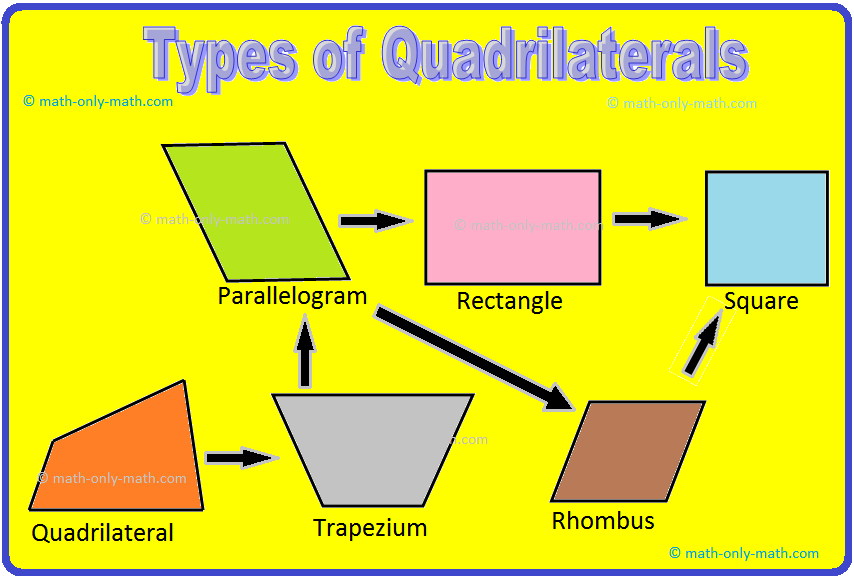
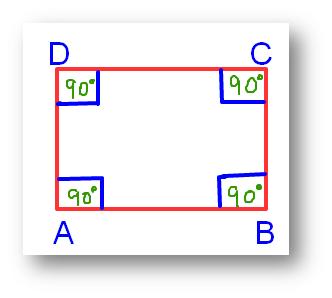
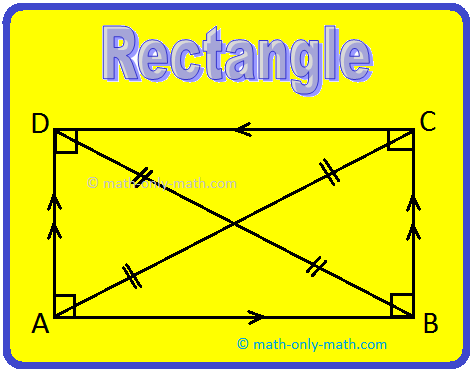
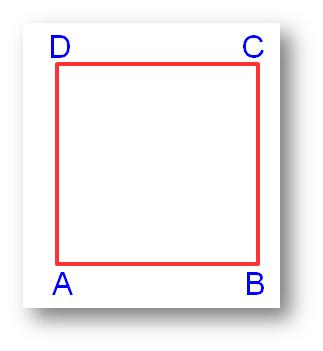
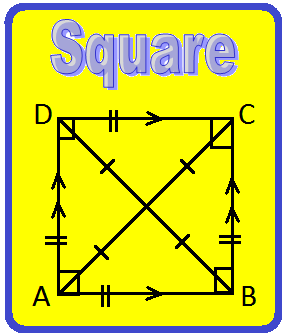
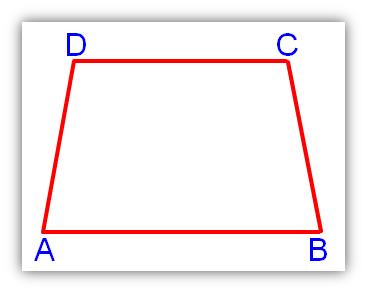
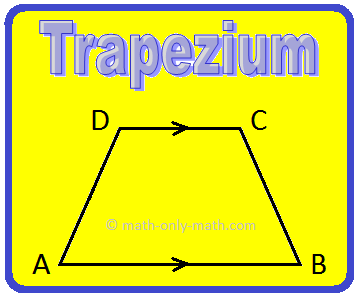
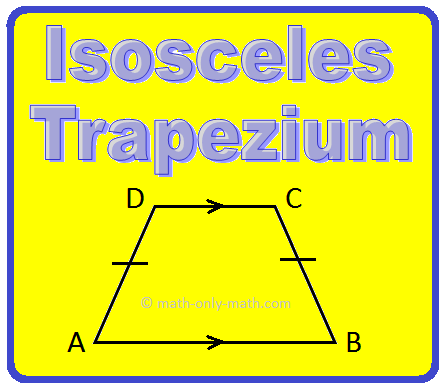
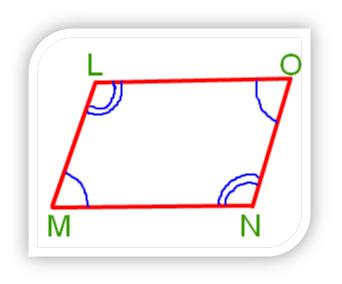
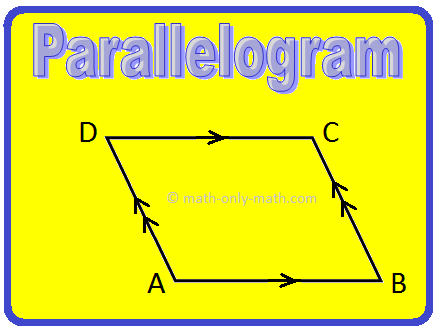
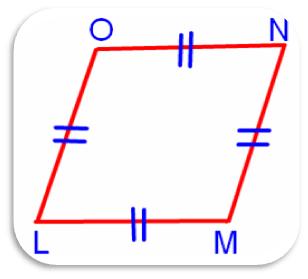
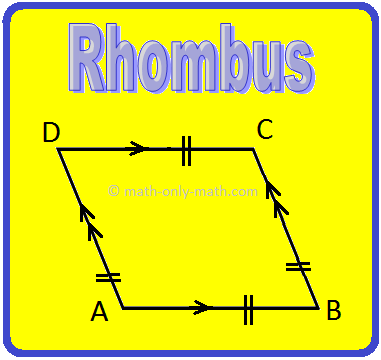
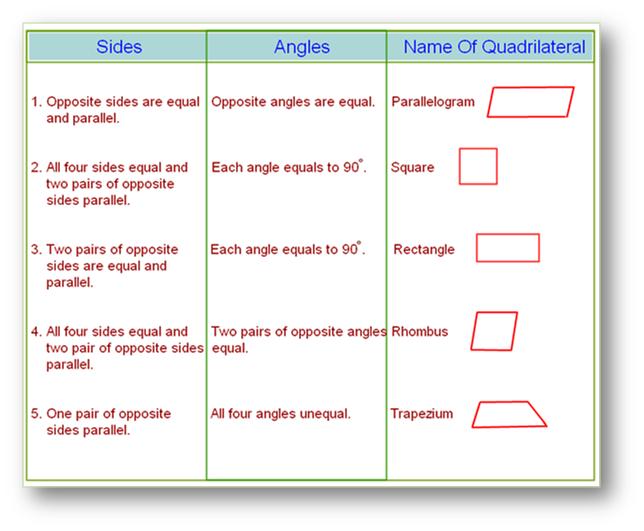
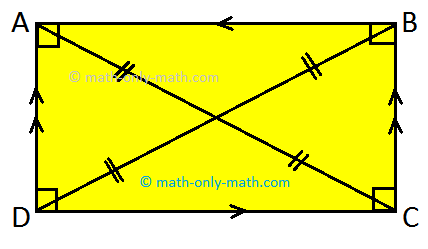
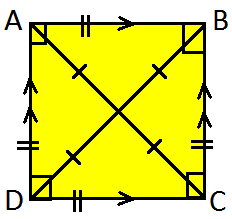
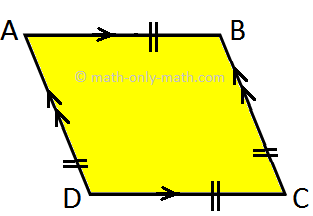
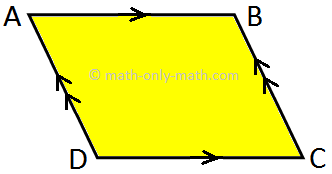
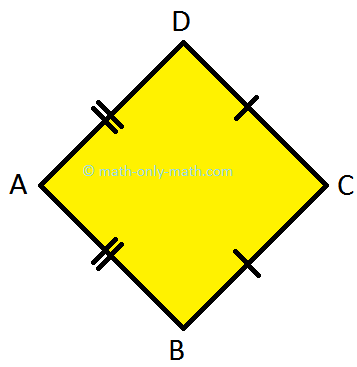
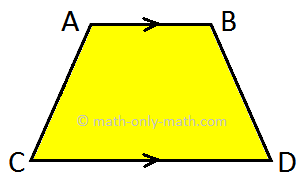
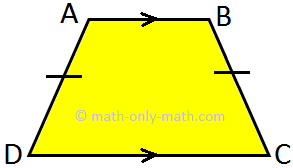
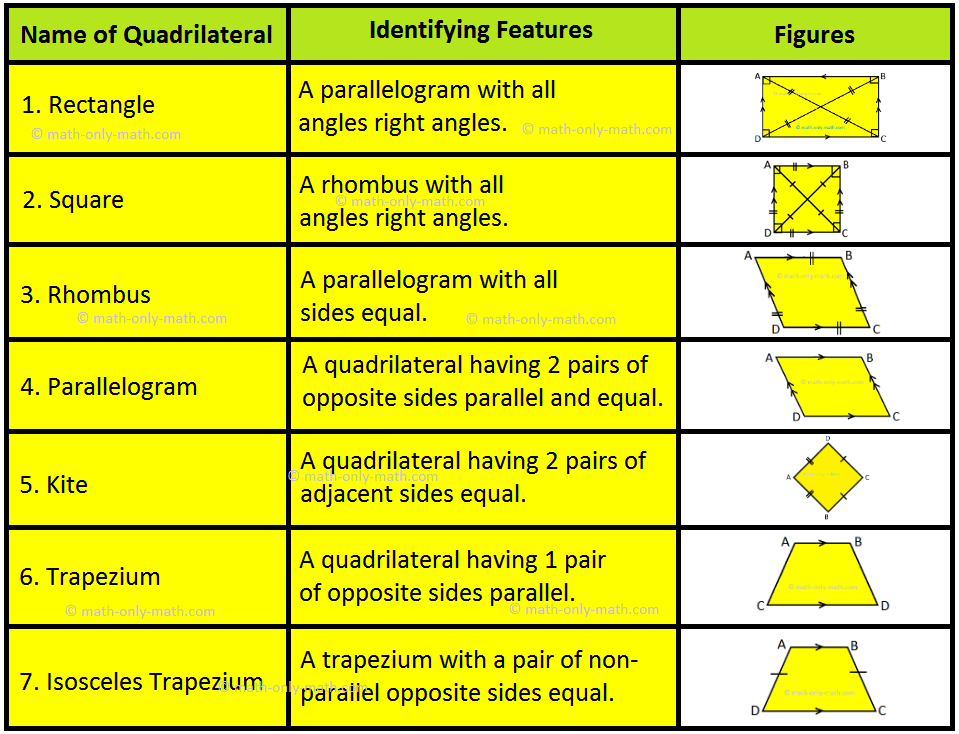

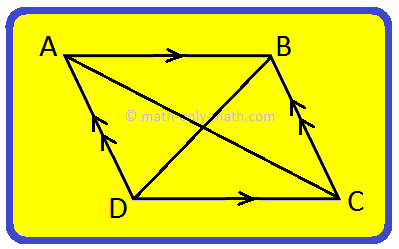
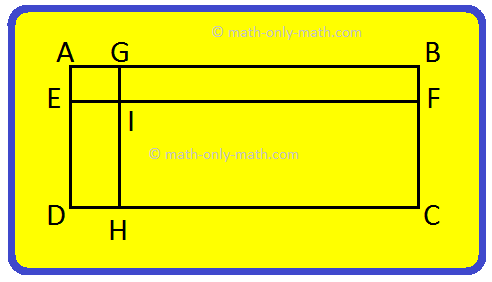


New! Comments
Have your say about what you just read! Leave me a comment in the box below. Ask a Question or Answer a Question.